Certain car features have completely transformed driving, enhancing safety and convenience. Which innovations had the biggest impact on your driving experience?
1. Anti-Lock Braking System (ABS)

Image Credit: Shutterstock / Bjoern Wylezich
Anti-lock braking systems (ABS) were first introduced in the 1970s and have since become a standard safety feature. ABS prevents wheel lockup during hard braking, allowing drivers to maintain steering control and avoid skidding. According to the Insurance Institute for Highway Safety (IIHS), vehicles equipped with ABS are about 20% less likely to be involved in fatal crashes.
2. Airbags

Image Credit: Shutterstock / Attapon Thana
Airbags revolutionized vehicle safety when they became common in the 1990s. Designed to deploy upon collision, airbags protect passengers by inflating rapidly to cushion impacts. The National Highway Traffic Safety Administration (NHTSA) estimates that airbags have saved over 50,000 lives in the U.S. since their introduction.
3. Electronic Stability Control (ESC)

Image Credit: Shutterstock / Luis Viegas
Electronic Stability Control (ESC) was first widely adopted in the early 2000s. ESC helps prevent skidding and loss of control by automatically applying brakes to individual wheels. Studies show that ESC can reduce single-vehicle crashes by up to 30%, making it a crucial safety feature.
4. Adaptive Cruise Control

Image Credit: Shutterstock / vpilkauskas
Adaptive cruise control, introduced in the late 1990s, adjusts a vehicle’s speed to maintain a safe distance from the car ahead. This feature uses radar or cameras to monitor traffic conditions and automatically slow down or speed up. According to a study by the National Transportation Safety Board (NTSB), adaptive cruise control can reduce rear-end collisions by up to 40%.
5. Keyless Entry Systems
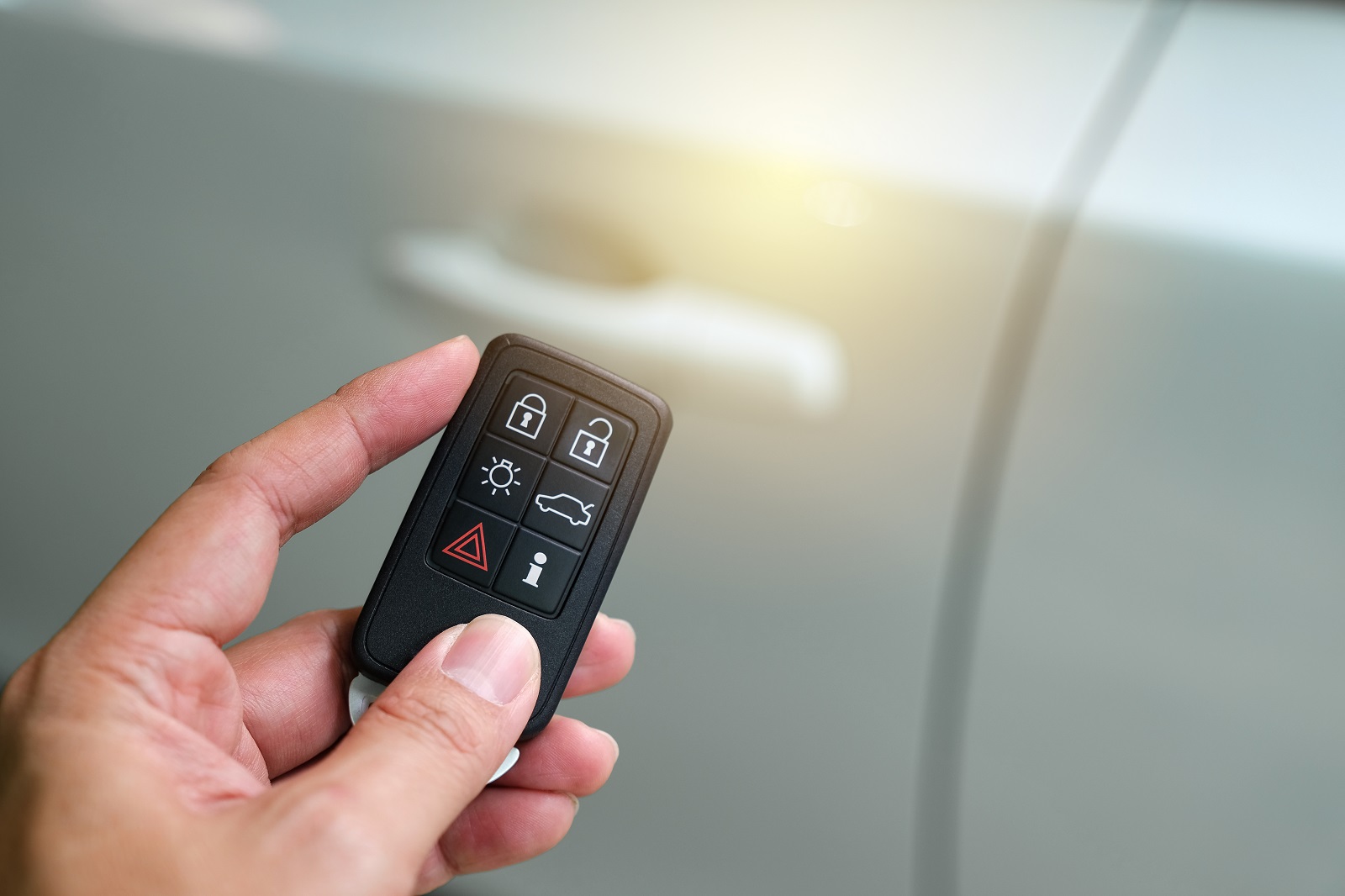
Image Credit: Shutterstock / Attapon Thana
Keyless entry systems began appearing in the 1990s, allowing drivers to unlock and start their cars without removing the key fob from their pocket. This convenience feature not only adds ease but also enhances security by reducing the risk of lock-picking. Keyless entry has become a standard feature in most new vehicles, reflecting its impact on daily convenience.
6. Onboard Navigation Systems
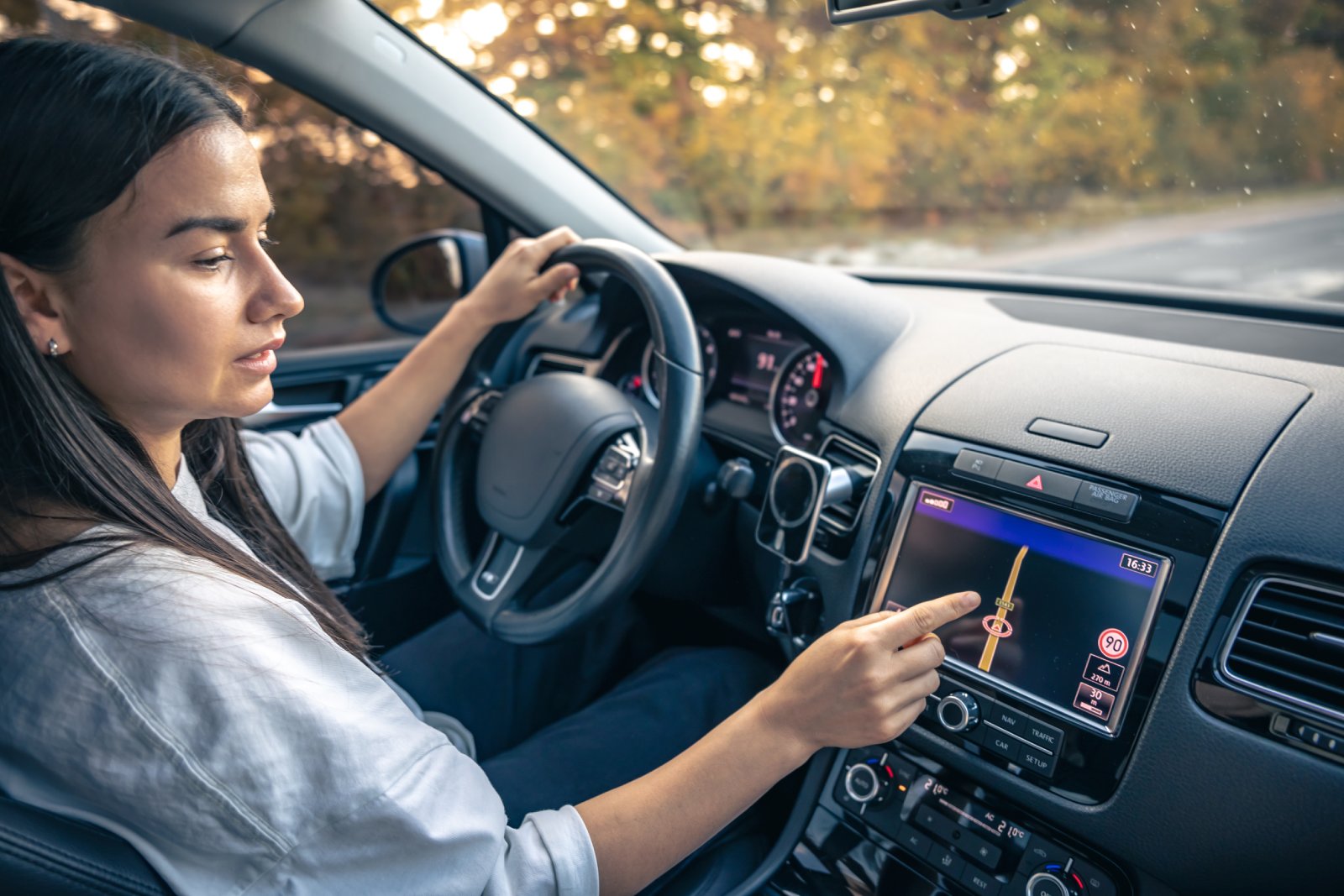
Image Credit: Shutterstock / PV productions
Onboard navigation systems first emerged in the late 1990s, transforming how drivers find their way. These systems use GPS technology to provide turn-by-turn directions, real-time traffic updates, and route planning. A study by J.D. Power found that vehicles with built-in navigation systems have higher customer satisfaction rates due to their reliability and ease of use.
7. Rear-View Cameras
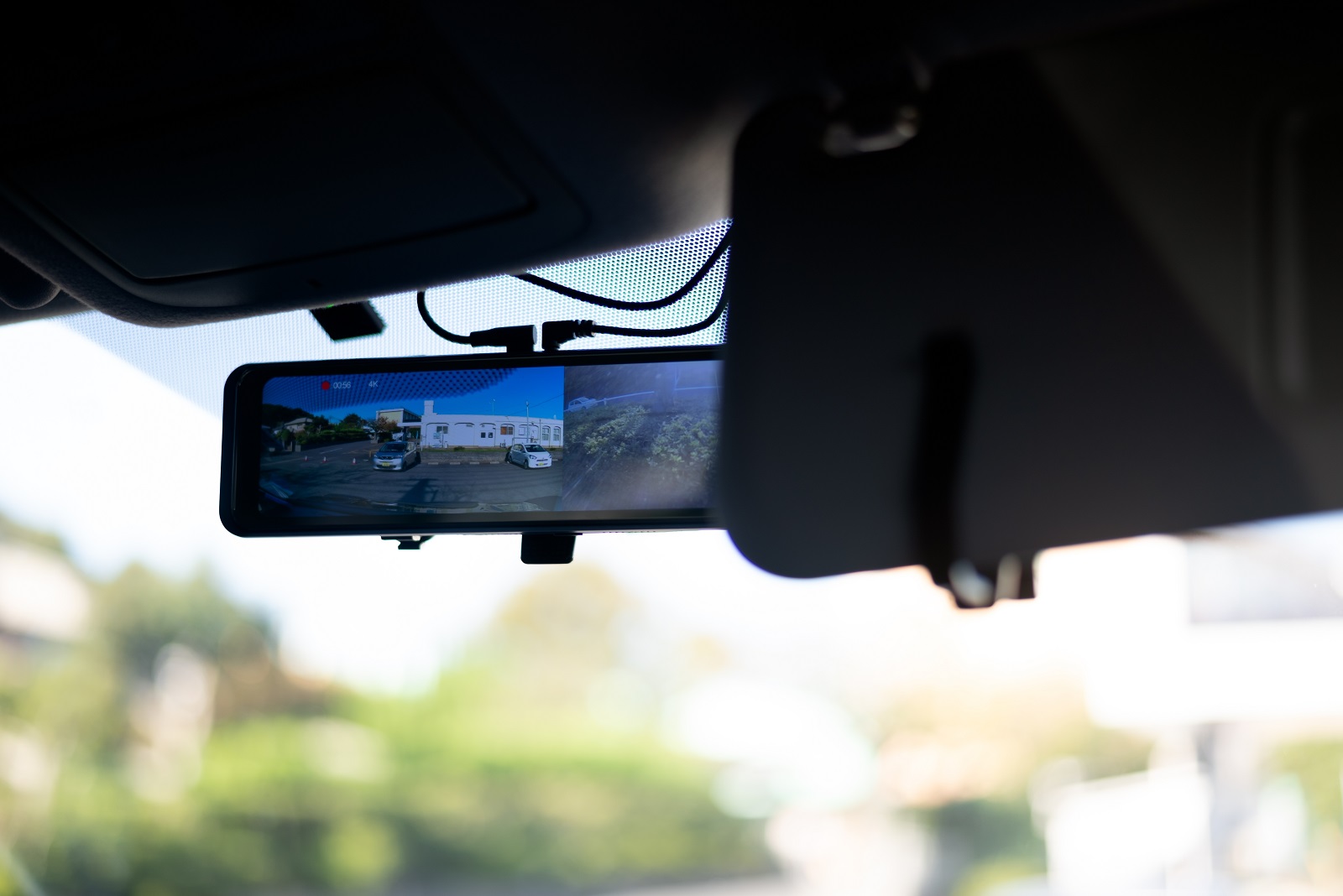
Image Credit: Shutterstock / Macky Albor
Rear-view cameras became standard in vehicles starting in 2018, a change mandated by federal regulations. These cameras provide a clear view of the area behind the vehicle, helping to prevent backover accidents. The NHTSA reports that rear-view cameras have significantly reduced injuries and fatalities in parking lot accidents.
8. Lane Departure Warning Systems

Image Credit: Shutterstock / DesignRage
Lane departure warning systems use cameras to detect when a vehicle drifts out of its lane and alert the driver with visual or audible warnings. Introduced in the mid-2000s, this technology has been shown to reduce lane departure crashes by up to 20%. The feature helps keep drivers aware and engaged, improving overall road safety.
9. Blind Spot Monitoring
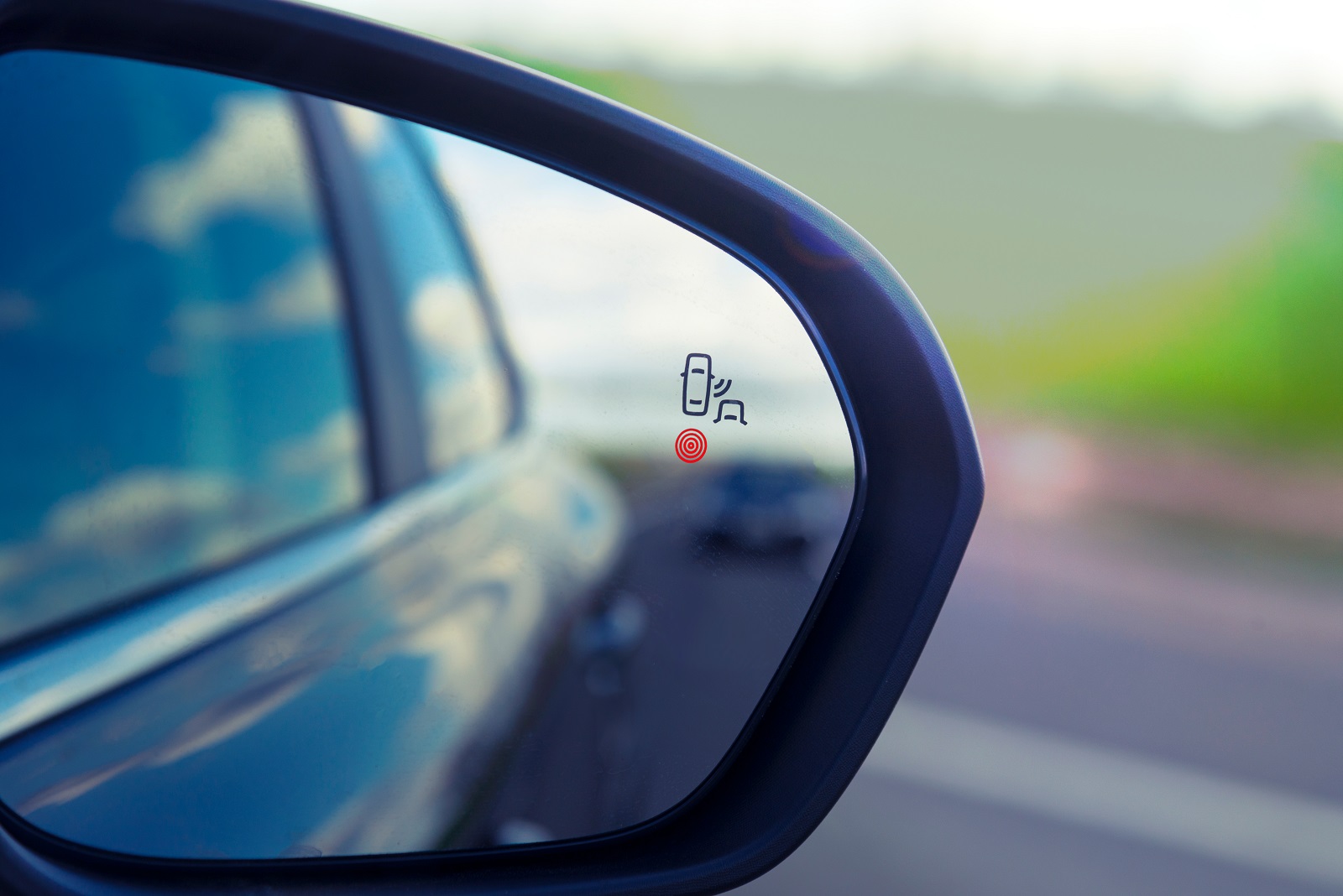
Image Credit: Shutterstock / Natallia Boroda
Blind spot monitoring systems use sensors to detect vehicles in the driver’s blind spots and provide alerts to avoid collisions. Emerging in the early 2010s, this feature helps prevent accidents during lane changes. Research indicates that vehicles with blind spot monitoring have a lower incidence of lane-change collisions.
10. Automatic Emergency Braking (AEB)
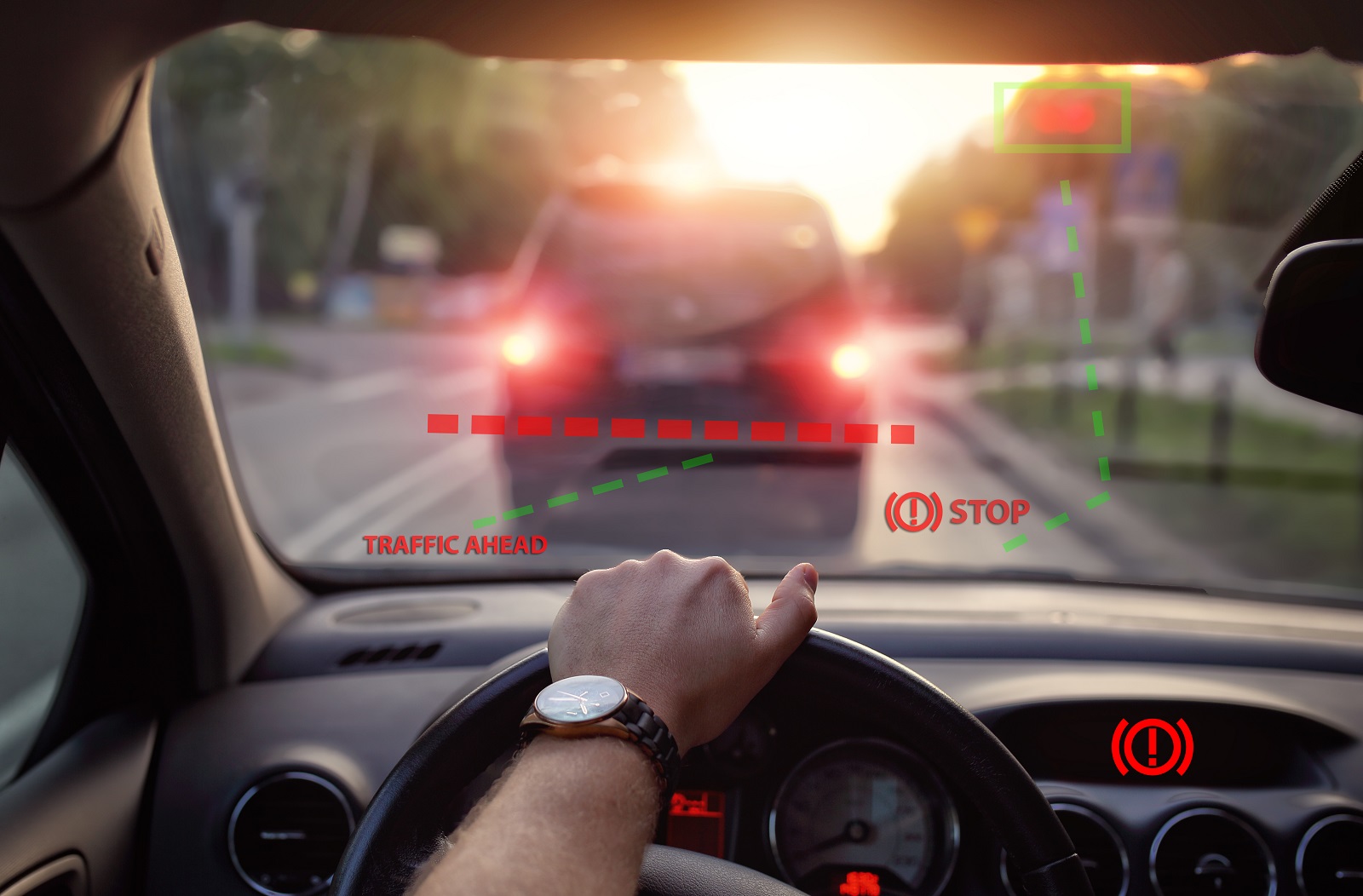
Image Credit: Shutterstock / ambrozinio
Automatic emergency braking systems, which became common in the 2010s, automatically apply the brakes if a collision is imminent and the driver doesn’t act in time. This technology helps prevent rear-end crashes and reduces the severity of accidents. The IIHS reports that AEB can reduce rear-end crashes by up to 50%, making it a critical safety advancement.
Innovation on Wheels
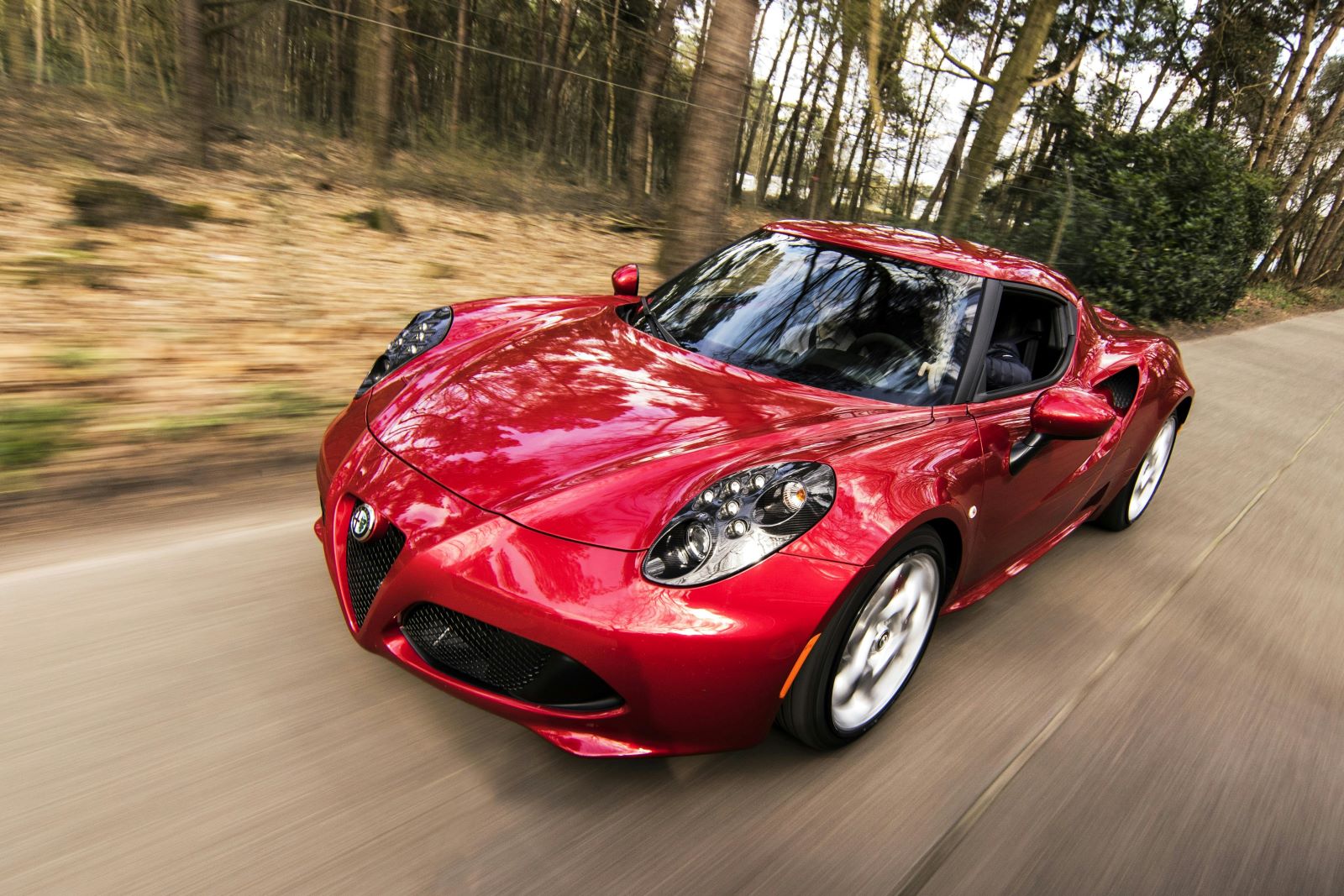
Image Credit: Pexels / Pixabay
These game-changing features have transformed the driving experience, making cars safer and more convenient. As technology continues to evolve, we can expect even more advancements that will further enhance how we drive and interact with our vehicles. What feature do you think will be next?
Police Magnet: 7 Cars That Guarantee You’ll Get Pulled Over

Image Credit: Shutterstock / sirtravelalot
Driving certain cars can make you more noticeable to law enforcement, even if you’re abiding by all the rules. Are you driving one of these “police magnets”? Here are seven cars that seem to attract more police attention than others. Police Magnet: 7 Cars That Guarantee You’ll Get Pulled Over
The Classic Cars That Were Total Clunkers

Image Credit: Pexels / Pixabay
Nostalgia has a funny way of making the past seem better than it was, especially when it comes to cars. But here’s the hard truth: some of those “classic” cars your dad raves about were real clunkers. Here’s a closer look at why some of those so-called “classics” weren’t all they were cracked up to be. The Classic Cars That Were Total Clunkers
The Worst U.S. Cars Ever Made: A Retro List
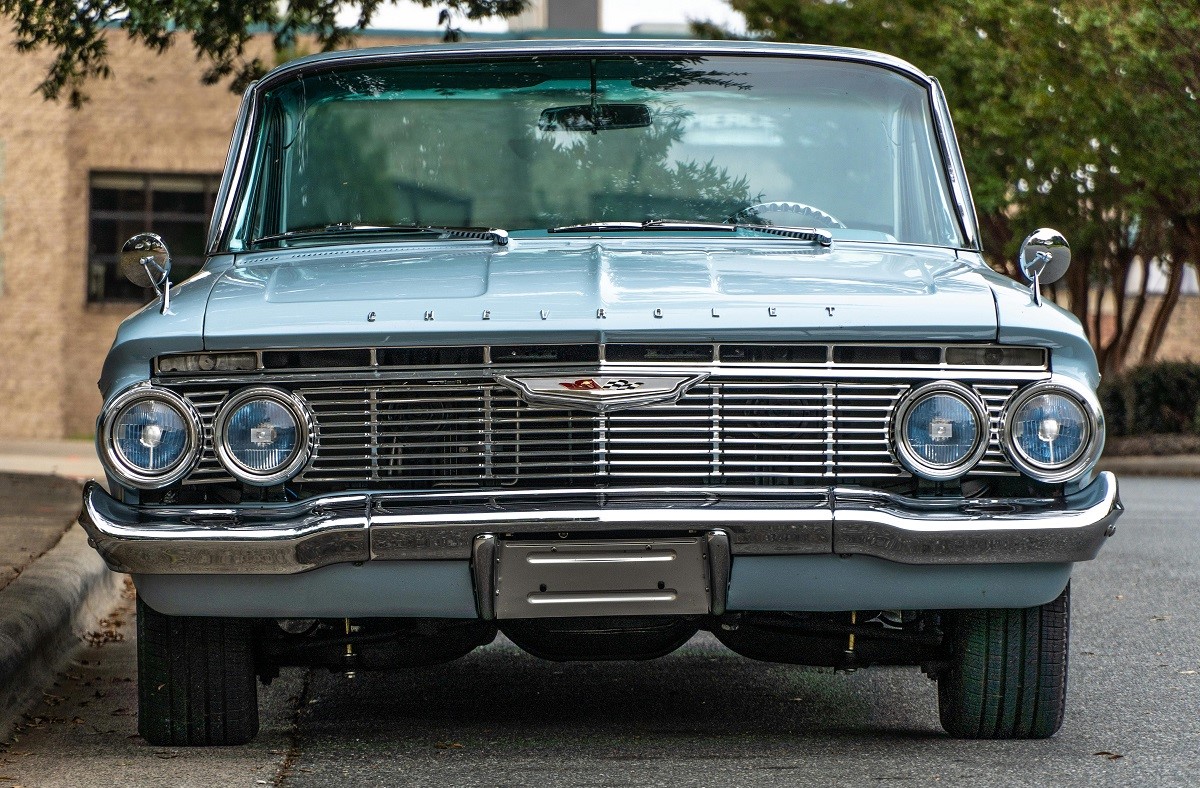
Image Credit: Pexels / Be The Observer
The U.S. auto industry has produced some incredible vehicles, but not every model was a hit. Here’s a look back at 16 of the worst cars ever made in the U.S., each infamous for its own unique flaws. The Worst U.S. Cars Ever Made: A Retro List
Featured Image Credit: Shutterstock / metamorworks.
The content of this article is for informational purposes only and does not constitute or replace professional advice.
The images used are for illustrative purposes only and may not represent the actual people or places mentioned in the article.
For transparency, this content was partly developed with AI assistance and carefully curated by an experienced editor to be informative and ensure accuracy.



